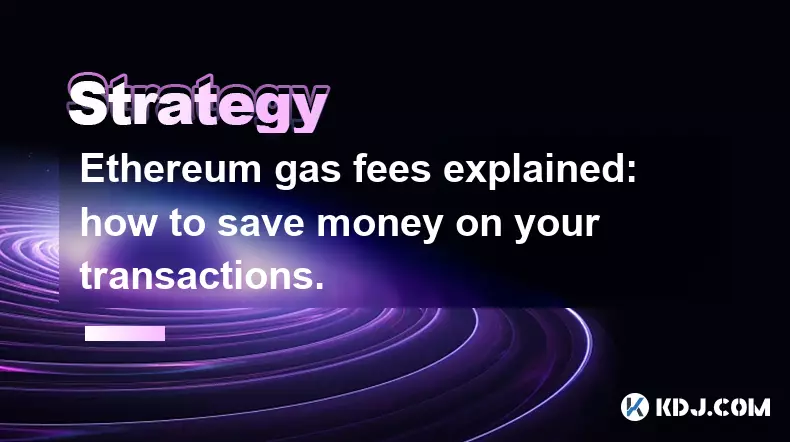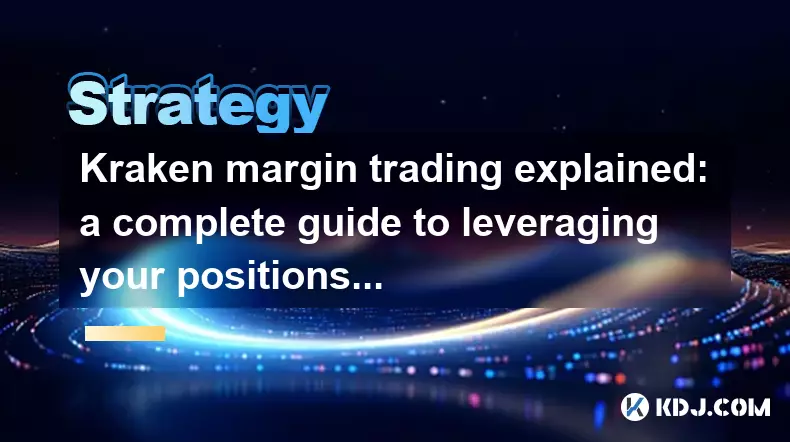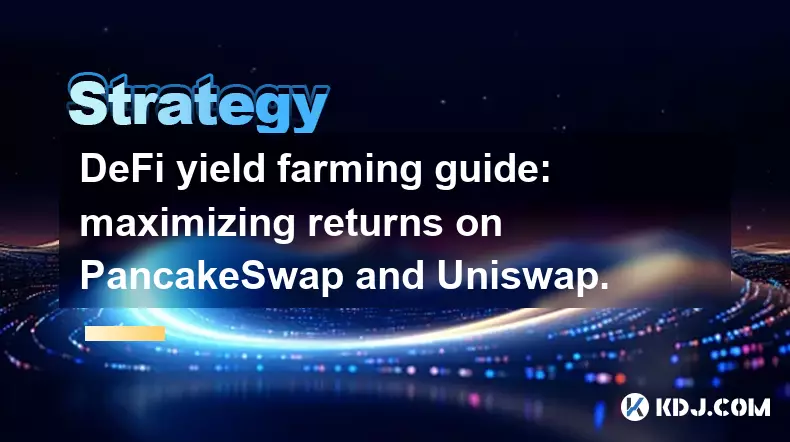-
 bitcoin
bitcoin $103128.103252 USD
-3.33% -
 ethereum
ethereum $3437.127692 USD
-4.86% -
 tether
tether $0.999700 USD
-0.02% -
 xrp
xrp $2.403993 USD
-5.73% -
 bnb
bnb $961.374676 USD
-4.11% -
 solana
solana $154.938665 USD
-8.18% -
 usd-coin
usd-coin $1.000113 USD
0.03% -
 tron
tron $0.298122 USD
0.30% -
 dogecoin
dogecoin $0.172428 USD
-5.76% -
 cardano
cardano $0.557625 USD
-7.13% -
 hyperliquid
hyperliquid $38.740701 USD
-6.51% -
 chainlink
chainlink $15.306051 USD
-7.51% -
 bitcoin-cash
bitcoin-cash $507.558648 USD
-3.26% -
 stellar
stellar $0.281899 USD
-6.74% -
 unus-sed-leo
unus-sed-leo $9.241811 USD
0.57%
Cryptocurrency leverage profit calculation
By understanding leverage, calculating potential profits, managing risks, and employing optimized strategies, traders can leverage the power of borrowed funds to maximize their cryptocurrency trading profitability.
Jan 10, 2025 at 12:04 am

Cryptocurrency Leverage Profit Calculation: A Comprehensive Guide
Key Points:- Understanding leverage in cryptocurrency trading
- Calculating potential profits from leveraged positions
- Managing risk and setting appropriate leverage levels
- Strategies for optimizing leveraging profitability
Step 1: Understanding Cryptocurrency Leverage
Leverage is a mechanism that allows traders to amplify their positions, potentially generating higher profits. It involves borrowing funds from an exchange or broker to increase the trading capital. By leveraging their positions, traders can trade with a larger amount than their account balance permits. When leverage is used effectively, it can magnify gains. However, it also magnifies losses, so traders must use caution.
Step 2: Calculating Potential Profits
Calculating potential profits from leveraged positions involves considering the initial investment, leverage amount, and market movement. Here's the formula:
Potential Profit = (Leverage * Initial Investment) * (Percentage Change in Asset Price)For example, if a trader invests $1,000 with 5x leverage and the asset price increases by 10%, the potential profit would be:
Potential Profit = (5 * $1,000) * (10%) = $500Step 3: Managing Risk
Leverage carries inherent risks as it amplifies both gains and losses. Traders must diligently manage risk to avoid significant losses. Here are some crucial risk management principles:
- Define a risk tolerance: Determine the maximum amount of potential loss that you're willing to accept.
- Set appropriate leverage levels: Choose a leverage multiplier that aligns with your risk tolerance and trading strategy.
- Use stop-loss orders: Place orders to automatically sell positions if they fall below specific thresholds, minimizing potential losses.
Step 4: Setting Leverage Levels
Selecting the appropriate leverage level depends on the trader's risk tolerance, trading strategy, and market conditions. Traders should begin with conservative leverage levels and gradually increase as they gain experience and confidence.
Step 5: Strategies for Optimizing Profitability
Traders can employ specific strategies to optimize leveraging profitability, including:
- Position scaling: Gradually increasing or decreasing positions as prices move in a favorable direction.
- Hedging: Using opposite positions in different markets to reduce risk exposure.
- Swing trading: Holding positions for a medium-term period, allowing the market to experience multiple fluctuations.
FAQs
Q: What are the different types of leverage?A: Leverage varies depending on the trading platform and asset. Most common types include:
- Cross leverage: Leverage applied to multiple assets simultaneously.
- Isolated leverage: Leverage applied to specific assets or trading pairs.
A: Using leverage comes with high risks:
- Amplified losses: Losses can be significantly greater than the initial investment.
- Margin calls: When market prices move against leveraged positions, exchanges may issue margin calls requiring additional funds to maintain the position.
- Liquidation: If margin calls are not met, positions may be liquidated.
A: To minimize risks:
- Understand your risk tolerance: Define the maximum potential loss you're willing to accept.
- Choose appropriate leverage levels: Select conservative levels initially and gradually increase as experience grows.
- Use stop-loss orders: Automatically close positions when prices fall beyond pre-set limits.
- Manage emotions: Avoid trading under emotional stress or during market volatility.
Disclaimer:info@kdj.com
The information provided is not trading advice. kdj.com does not assume any responsibility for any investments made based on the information provided in this article. Cryptocurrencies are highly volatile and it is highly recommended that you invest with caution after thorough research!
If you believe that the content used on this website infringes your copyright, please contact us immediately (info@kdj.com) and we will delete it promptly.
- Ethereum, Altcoins, and Long-Term Gains: Navigating the Crypto Landscape
- 2025-11-12 09:00:00
- Strategy Shares, Bitcoin Retreat, and Market Pain: A NYC Perspective
- 2025-11-12 08:55:01
- Taft, Veterans, and Salutes: A Presidential Honor
- 2025-11-12 09:00:00
- Cryptos, Breakout, and Meme Coins: What's the Haps?
- 2025-11-12 09:40:01
- Altcoin Uprising: Nano, Velodrome, and the Dawn of Practical Crypto
- 2025-11-12 08:40:01
- Dogwifhat (WIF) Price Analysis: Navigating the Breakout Zone
- 2025-11-12 09:20:01
Related knowledge

Navigating a crypto bear market: strategies for survival and profit.
Nov 05,2025 at 02:04pm
Navigating a Crypto Bear Market: Strategies for Survival and Profit Surviving a crypto bear market requires more than just patience—it demands strateg...

Ethereum gas fees explained: how to save money on your transactions.
Nov 04,2025 at 04:01pm
Ethereum Gas Fees: Understanding the Basics1. Ethereum operates on a decentralized network where every transaction requires computational power to exe...

Kraken margin trading explained: a complete guide to leveraging your positions.
Nov 04,2025 at 02:19pm
Kraken Margin Trading Overview1. Kraken is one of the most established cryptocurrency exchanges offering margin trading to experienced traders seeking...

NFT flipping for beginners: a step-by-step guide to profitable trading.
Nov 02,2025 at 11:54pm
NFT Flipping Basics: Understanding the Market1. NFT flipping involves purchasing non-fungible tokens at a lower price and reselling them for profit, o...

DeFi yield farming guide: maximizing returns on PancakeSwap and Uniswap.
Nov 05,2025 at 12:20am
Understanding Yield Farming on PancakeSwap and Uniswap1. Yield farming has become a central activity in the decentralized finance (DeFi) space, allowi...

How to find the next 100x altcoin: a fundamental analysis checklist.
Nov 02,2025 at 09:54pm
Decentralized Exchanges Are Reshaping Trading Dynamics1. Decentralized exchanges (DEXs) have emerged as a powerful alternative to centralized platform...

Navigating a crypto bear market: strategies for survival and profit.
Nov 05,2025 at 02:04pm
Navigating a Crypto Bear Market: Strategies for Survival and Profit Surviving a crypto bear market requires more than just patience—it demands strateg...

Ethereum gas fees explained: how to save money on your transactions.
Nov 04,2025 at 04:01pm
Ethereum Gas Fees: Understanding the Basics1. Ethereum operates on a decentralized network where every transaction requires computational power to exe...

Kraken margin trading explained: a complete guide to leveraging your positions.
Nov 04,2025 at 02:19pm
Kraken Margin Trading Overview1. Kraken is one of the most established cryptocurrency exchanges offering margin trading to experienced traders seeking...

NFT flipping for beginners: a step-by-step guide to profitable trading.
Nov 02,2025 at 11:54pm
NFT Flipping Basics: Understanding the Market1. NFT flipping involves purchasing non-fungible tokens at a lower price and reselling them for profit, o...

DeFi yield farming guide: maximizing returns on PancakeSwap and Uniswap.
Nov 05,2025 at 12:20am
Understanding Yield Farming on PancakeSwap and Uniswap1. Yield farming has become a central activity in the decentralized finance (DeFi) space, allowi...

How to find the next 100x altcoin: a fundamental analysis checklist.
Nov 02,2025 at 09:54pm
Decentralized Exchanges Are Reshaping Trading Dynamics1. Decentralized exchanges (DEXs) have emerged as a powerful alternative to centralized platform...
See all articles


























![[4K 60fps] no care by crashpancake2 (1 Coin) [4K 60fps] no care by crashpancake2 (1 Coin)](/uploads/2025/11/12/cryptocurrencies-news/videos/6913a8862890b_image_500_375.webp)














































